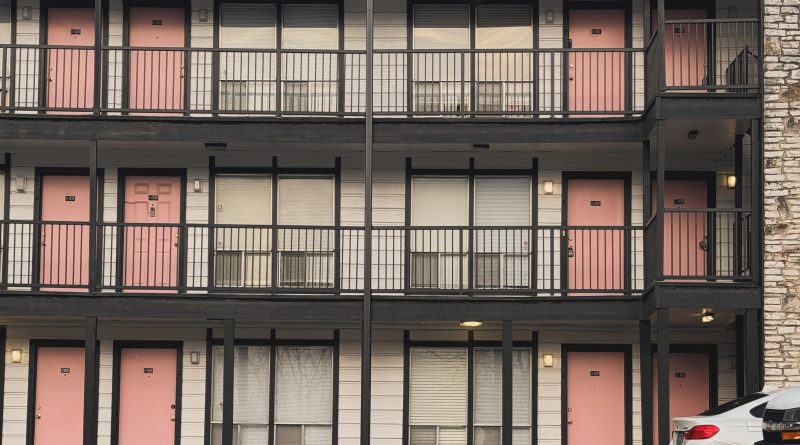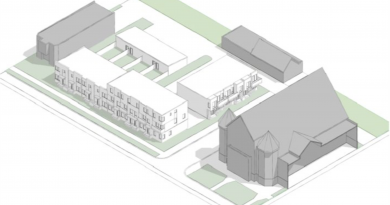Everything’s Bigger In Texas, Including The YIMBY Movement
Last Thursday, I wrapped up my first trip to Austin, Texas, home of famous brisket, Elon Musk and his bad ideas, and, most importantly, the coolest conference in these United States, YIMBYTown! I connected with folks from across North America to talk about a single, pressing issue that has multiple facets: the importance of building more housing to make cities more accessible, more equitable, and more affordable.
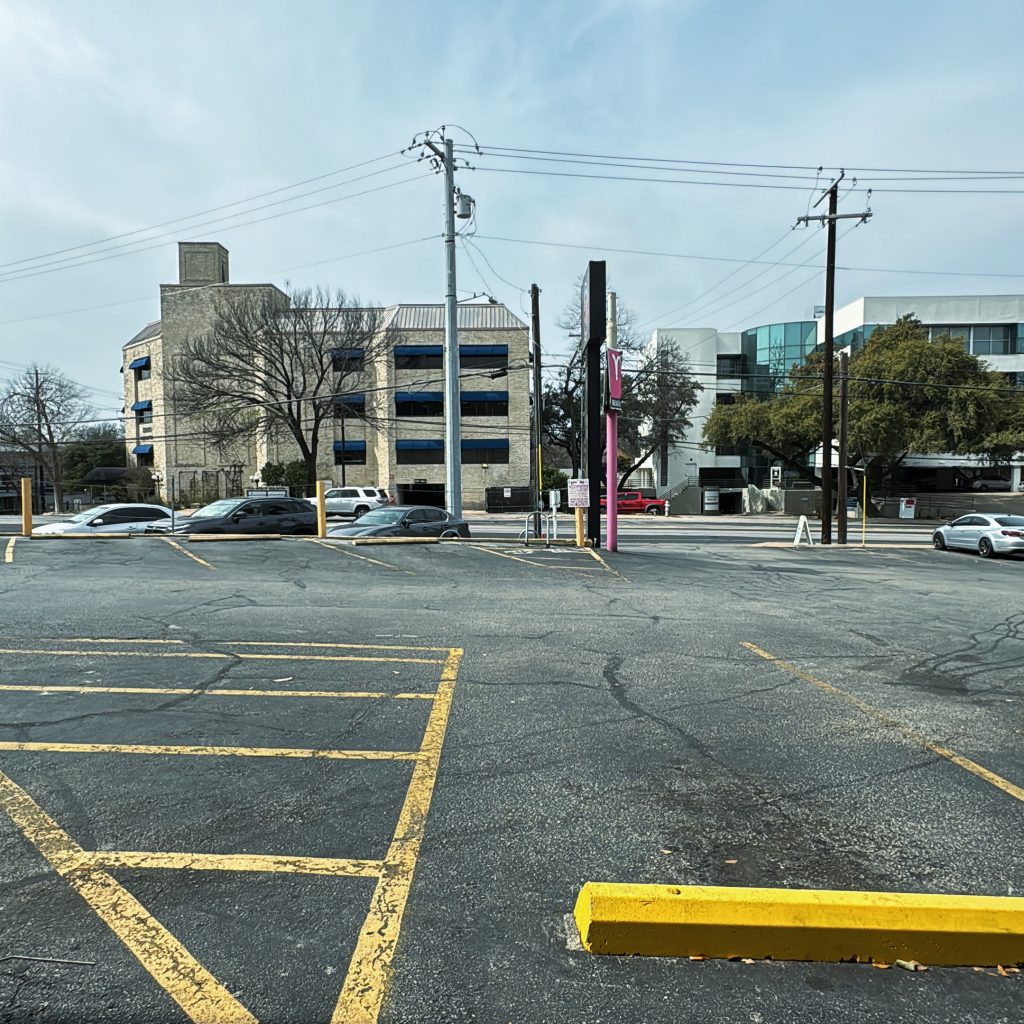
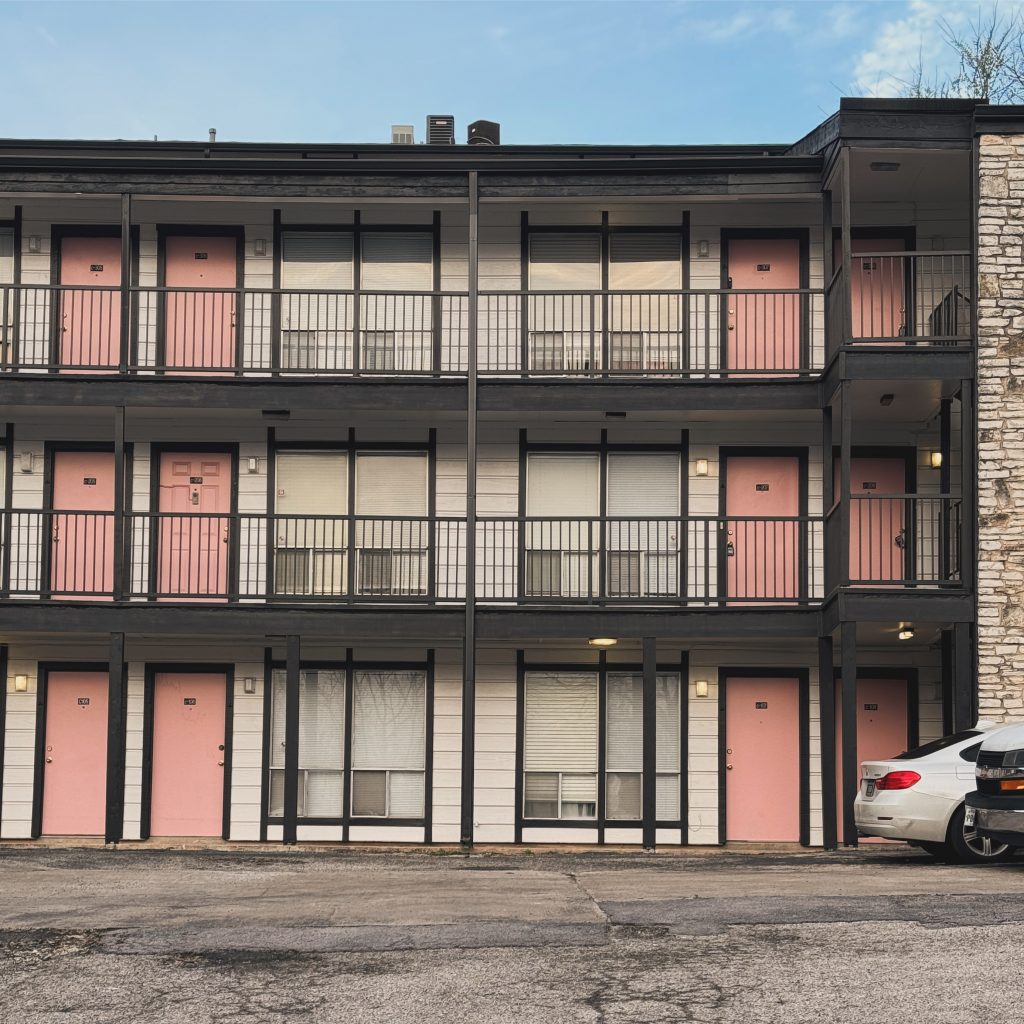
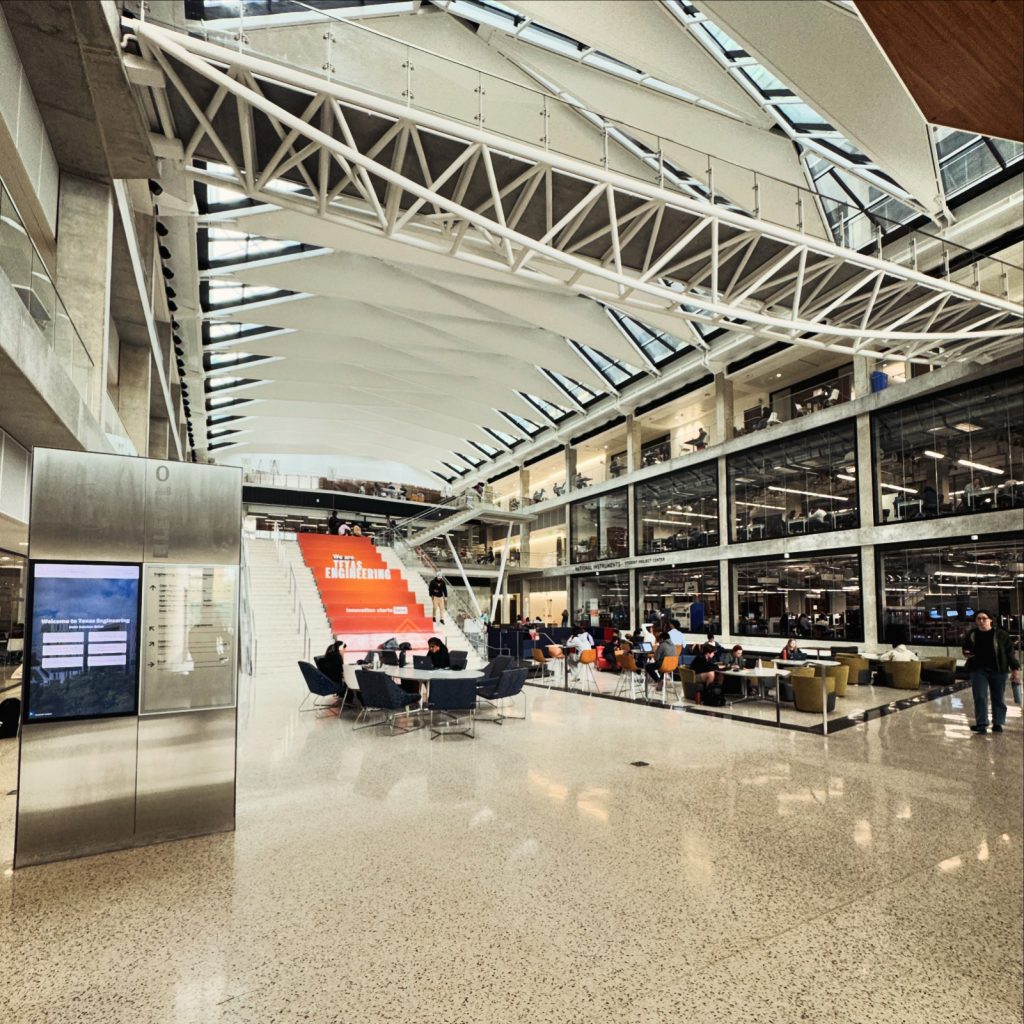
Facets of YIMBYism
To the uninitiated, the YIMBY movement focuses on different strategies to facilitate the development of housing based on the increasingly well-established notion that new supply is perhaps the best and easiest way to keep housing affordable. These strategies focus on different subject matter areas, ranging from building code to zoning to parking to private property rights. As such, the movement is one of very few that actually manages to bring together political ideologies that might normally conflict with one another: this is why we had speakers ranging from the reporter-beating, far-right governor of Montana, Greg Gianforte, whose administration has pushed ambitious statewide zoning reform efforts to speed up the construction of housing to alleviate the state’s shortage, to more clearly left-of-center speakers.
I think this can be attributed mostly to the fact that the movement has a “yes-and” approach to solving the housing crisis. It’s not as though the average YIMBYite believes there is but one solution to the housing crisis. Movements that take a more ecumenical or inclusive approach to praxis feel rare in this day and age. I noted while writing my piece on the potential of infrastructure projects to enlist bipartisan support that plenty of people on a certain side of the aisle still don’t seem to appreciate the importance of infrastructure, so the focus should be on appealing to certain objectives that it’s impossible to actually disagree with.
A Few Elements of YIMBY Policy
It goes without saying that the core of YIMBYism is the idea that adding more housing to a market makes housing more affordable. This is generally true in practice, although, as we learned in one session, we must add a caveat here: more housing supply decreases prices or upward price pressure across an entire market, but can lead to displacement at a local level, predominantly in cases where the development is being limited to low-income areas with more economic vulnerability.
Other subject matter areas are as follows:
- Private property rights. This is perhaps the core of the element that attracts our colleagues from right-of-center. The idea is that you should be able to do what you want with property you own. Should there be some limitations here? Well, yes. A city is not a toy. (More on this in a future article).
- Building code reform. This ranges from the quotidian to the esoteric, but I learned a lot about how significant small things can be in hindering (or helping) housing development. One example is the requirement to build two stairwells in small multifamily buildings, which, one advocate told me, drives up costs but also limits the architectural typology of such a building.
- Municipal regulatory reform. Beyond building, zoning, and parking topics, city governments can be more responsive to applicants for permits or variances. Feedback from Twitter suggested that while cities like Houston– which don’t really have zoning per se– still can require months for plan review and entitlements. If time is money, delaying housing development means making it more expensive.
- Zoning reform. American cities generally are plagued by dysfunctional zoning codes that are as sprawling and unwieldy as the built environment of their suburbs. While migration from zoning codes to form-based codes is something that planners have been talking about for decades, it’s taking, well, quite awhile. Zoning is also not considered a particularly sexy topic, which means it doesn’t get a whole lot of attention in the average policy discussion.
- Parking policy reform. Eliminating parking minimums, substituting parking minimums for parking maximums, or creating parking benefit districts like the man said.

Facets of Austin
First impressions? There’s a lot of good food. There’s a lot going on, whether we’re thinking about construction and development or And it’s nice to be in a place where there’s a lot going on! I didn’t hate Austin. But nor did I really “get” the draw, for the most part. Most of the density in the city seems to have come from development in the past couple of decades, making for a built environment that is thoroughly fragmented and discontiguous. Interestingly, the infrastructure is pretty similar. Sidewalks randomly just end. Potholes are ubiquitous.
The University of Texas has a lovely campus, though it’s situated in an urban context that feels similarly disconnected. The above image shows Guadalupe Street, which has some of the best and the worst of Austin’s urbanism. The southern edge of UT fades into the Texas Capitol grounds, which feel somewhat cramped as they butt up to the edge of downtown Austin proper.
And the eastern edge of campus is bounded by the mess that is I-35. TxDOT has determined that this section of highway isn’t hideous enough and now has a plan to widen it even more, although, as one of our YIMBYTown tours indicated, a lively and diverse advocacy movement is fighting multiple battles against the project. Billions out of a recently released budget to spend $100 billion to widen freeways across the state are earmarked for the I-35 project, which also demands the better part of a billion dollars from the University of Texas and from the city of Austin to build a lid over a section of the highway. It’s funny how the state budgets never cover the parts of these projects that might actually make them be less awful, isn’t it?
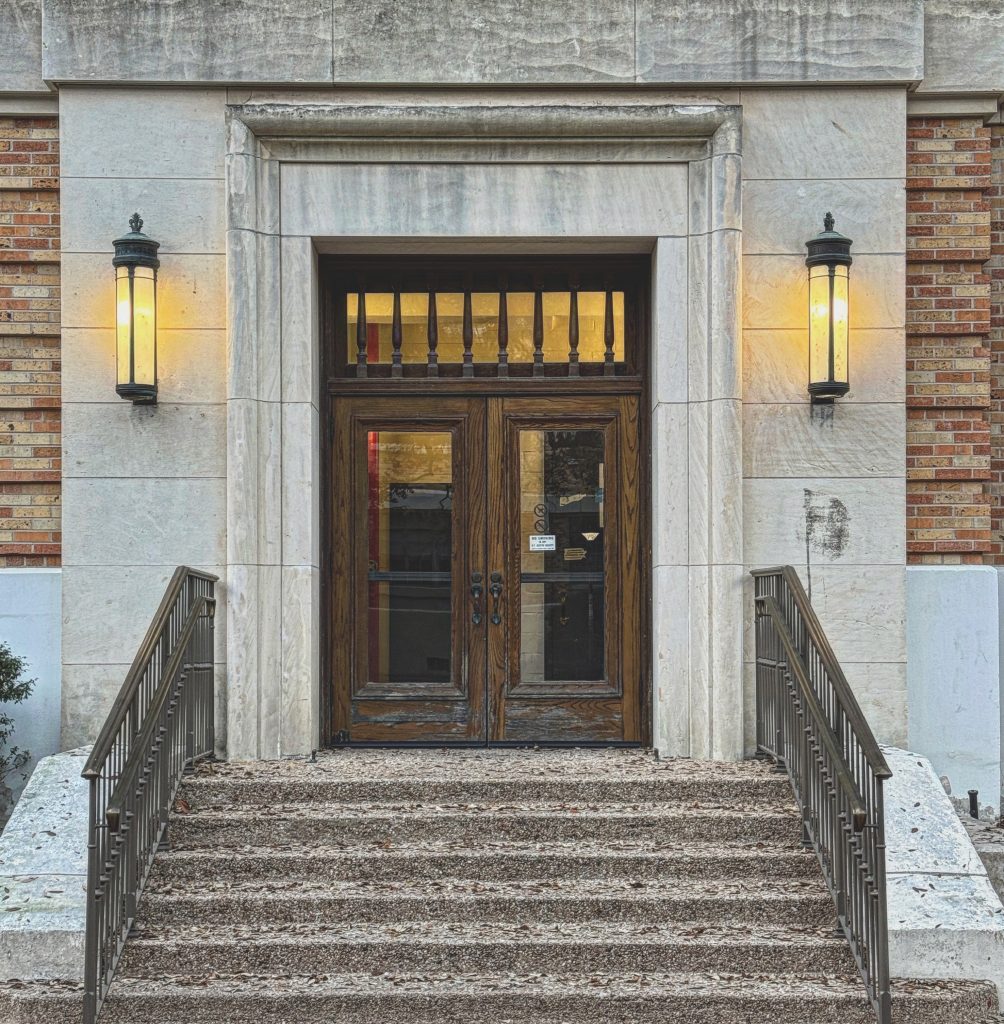

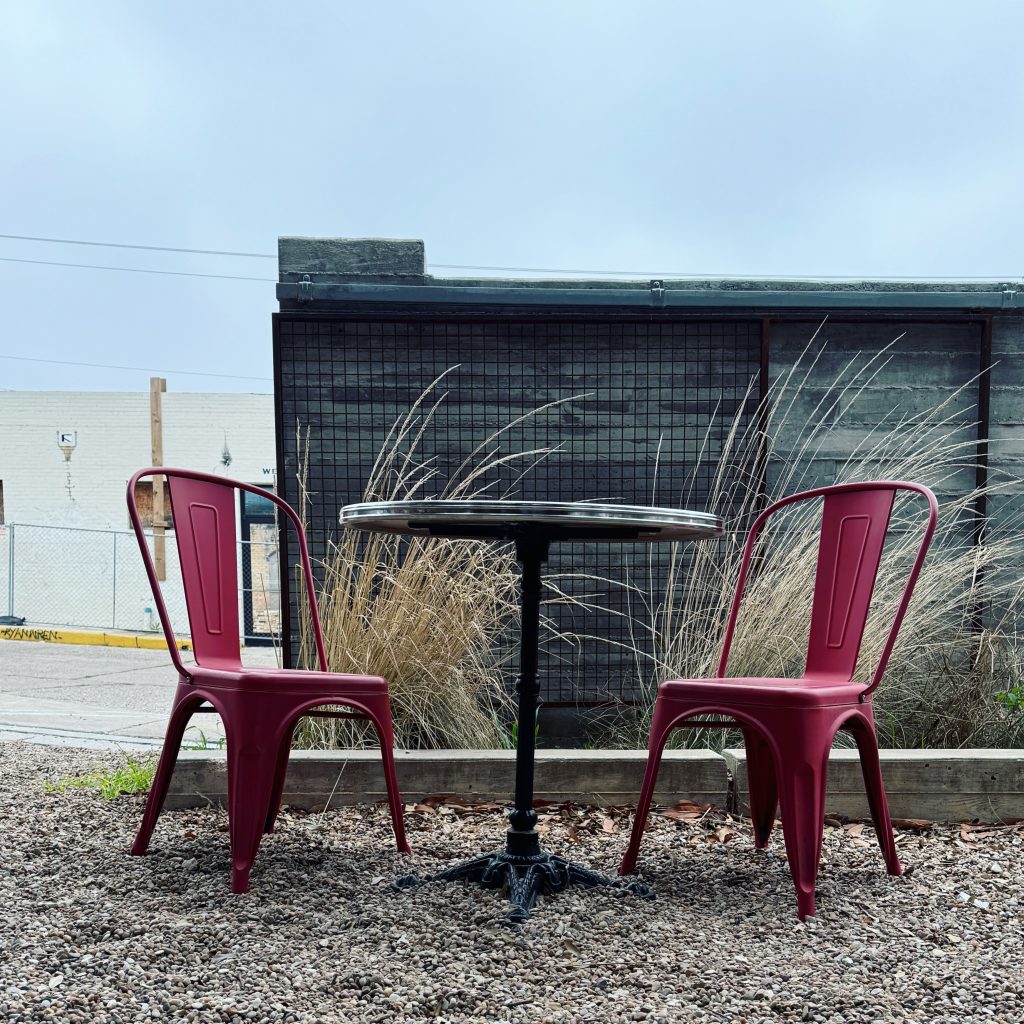
Vital lessons? Austin is one city that has been making huge moves to facilitate the construction of new housing, ranging from infill projects to the monumental redevelopment of a former airport and surrounding land north of downtown. Early evidence suggests that, even as the city continues to grow, it’s actually working to push down rents. Most of hte city council– current and aspiring members- showed up, too, suggesting that, even with all of the new construction, YIMBY is a hot topic for discussion at not only the level of citizenry and advocates, but also at the policy level. There’s still plenty of work to be done, not the least of which might involve figuring out how to fix the aforementioned dysfunctionalism of Austin’s urbanism. Or perhaps slowing down the 45mph truck traffic on major routes that also happen to have an abundance of housing and mixed-use buildings.
If there isn’t political will to fix things like potholes and sidewalks, I’m unclear as to how there is so much energy for the YIMBY movement. But I guess every city has its own unique flavor (and its own unique problems with the built environment). Two things are for certain, though: first, the next time I’m back, there will be thousands more units that will have been finished, with dozens of cranes spread out across the city and single-family homes constantly being rebuilt and upgraded to fancier single-family and multifamily. And two: probably not going to be in the summer.

